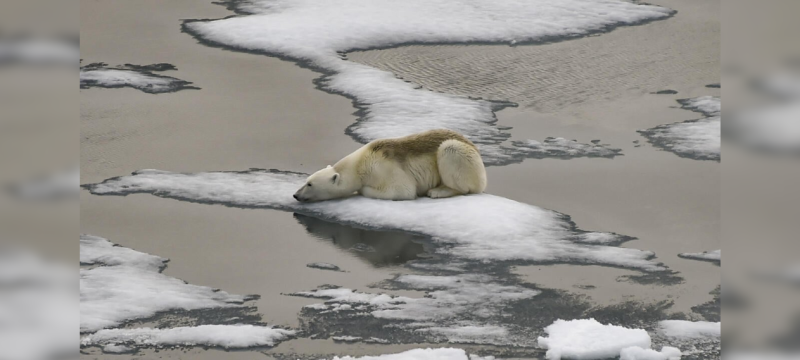The Arctic sea ice has reached its lowest peak in 47 years, according to the US National Snow and Ice Data Center (NSIDC). Scientists attribute this alarming decline to human-driven climate change, which is causing the polar regions to heat several times faster than the global average.
On March 22, 2025, the Arctic maximum sea ice extent was recorded at 14.33 million square kilometers, breaking the previous low of 14.41 million square kilometers set in 2017. NSIDC scientist Walt Meier emphasized that this continual decline highlights the fundamental shift in Arctic ice patterns.
Also Read: Over 13,000 Evacuated as Severe Floods Batter Johor, Malaysia
Meanwhile, the Antarctic also faced severe ice loss, with its minimum sea ice extent reaching 1.98 million square kilometers on March 1, 2025—tying for the second-lowest minimum in satellite records. This follows a trend of record-low combined sea ice coverage, as noted by both the NOAA and Europe’s Copernicus Climate Change Service.
Beyond environmental impacts, the melting Arctic is reshaping global geopolitics, creating new shipping routes and increasing competition over natural resources. Scientists warn that further ice loss will disrupt ecosystems, alter ocean currents, and accelerate climate change—threatening species like polar bears, seals, and penguins.





